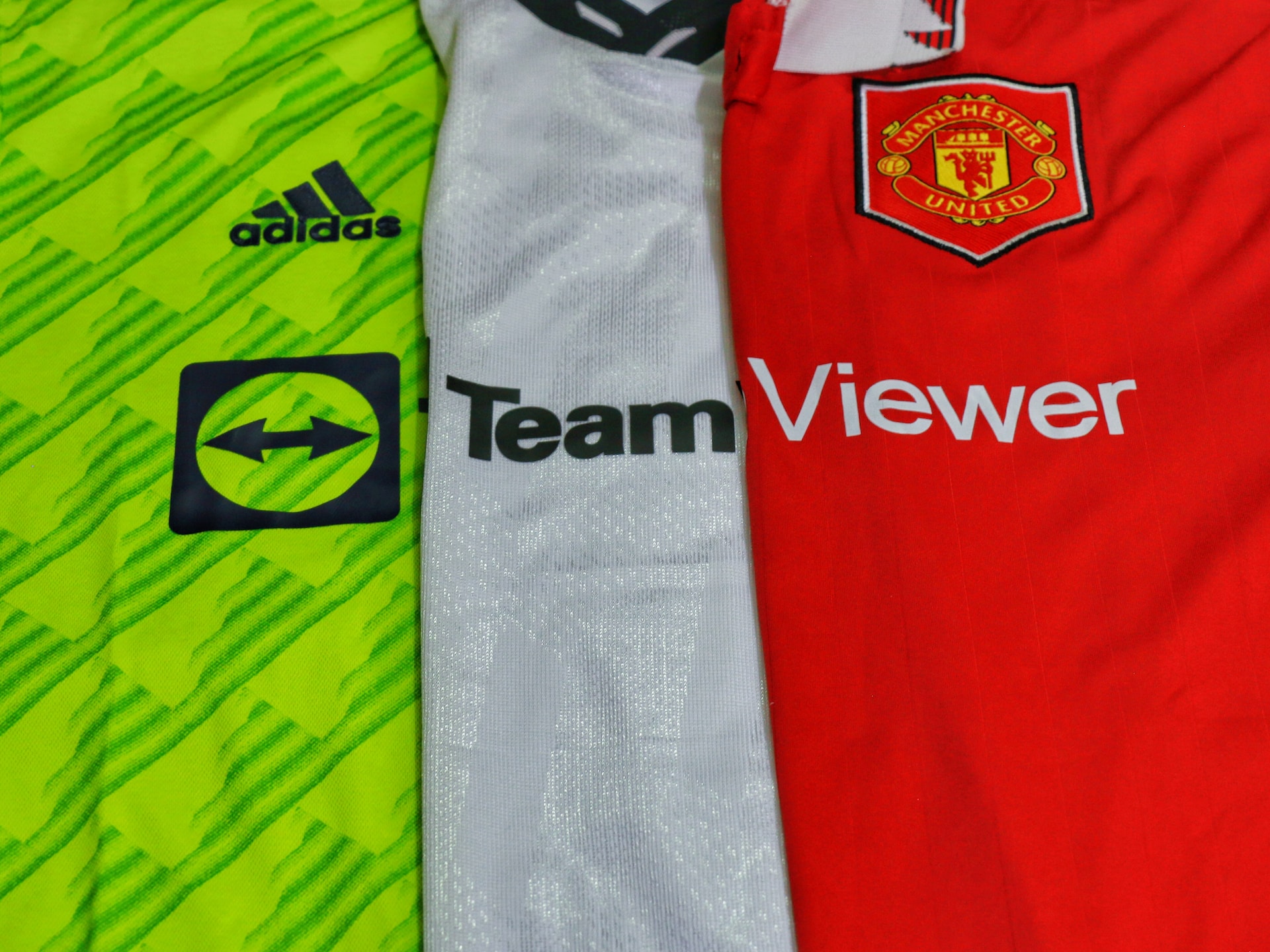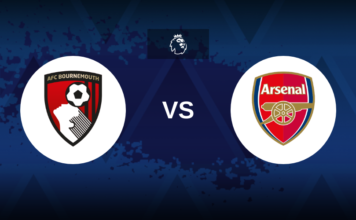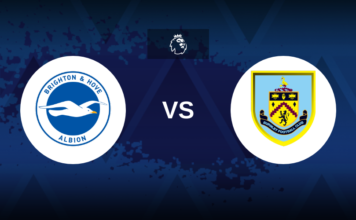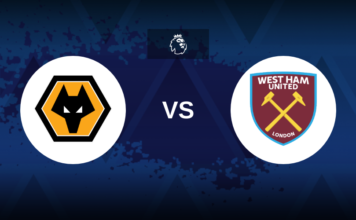Every two seconds, someone buys a football shirt. This trend is significant, especially for the top ten clubs in Europe.
Football shirts have become big business, with prices increasing steadily over the years. A Manchester United shirt today costs three times as much as it did thirty years ago. But are these high prices merely a result of greedy club owners? The reality is more complex.
The Origin of Football Shirts
In the mid-19th century, when football gained popularity, players wore whatever they had. Teams were distinguished by colored caps or scarves. The first reference to team “colours” was in 1857 by Sheffield FC, the oldest football club, requiring players to wear red and dark blue flannel caps. Over time, clubs began dyeing shirts in team colors and adding logos, which lasted nearly a century. Numbers on the back were later introduced for easier player identification.
The Rise of Sponsorship
In 1973, German team Braunschweig became the first to feature a sponsor logo on its shirts, introducing a new revenue stream worth millions today. Initially, this move was unpopular, with the BBC refusing to broadcast matches with sponsored shirts. However, as broadcasters began receiving a share of the profits, acceptance grew.
The Impact of Broadcasting Deals
The 90s saw a surge in football investment through broadcasting deals, leading to an explosion in replica kit marketing. Fans were expected to wear the latest replica kit on matchdays. Today, football shirts are not only sportswear but also fashion items and significant revenue sources for clubs. Top clubs’ kit deals with brands like Adidas and Nike bring in millions each year.
Understanding the Price Increase
The price of a typical football shirt today is about three times higher than thirty years ago, primarily due to inflation. Adjusting for inflation, €30 in 1992 would be around €70 today, roughly the cost of a replica shirt now. So while €70 isn’t cheap, it’s consistent with historical prices.
Authentic vs. Replica Shirts
Modern football shirts come in two versions: authentic and replica. Authentic shirts, worn by players, focus on performance, featuring breathable, lightweight materials. Replica shirts prioritize comfort and offer a more relaxed fit, ideal for everyday fans. Initially, only replicas were available to fans, but rising demand for authentic versions has contributed to higher prices.
The Role of Demand
Football shirts are expensive because fans are willing to pay for them. The first replica shirt, sold by Leeds United in 1973 for about five euros, equates to more than €60 today. Demand remains high, with significant spikes during events like the 2018 World Cup, keeping prices elevated.
Breaking Down the Cost of a Football Shirt
Using Germany’s 2018 World Cup kit as an example, Adidas pays around €8 to manufacture and transport each shirt. This cost increases with added expenses like insurance and customs duties. Retailers, taking nearly half of the €90 selling price, further reduce Adidas’s profit. After deducting taxes, marketing, distribution, and federation fees, Adidas’s profit is around €17 per shirt. While this is a substantial margin, it’s not as extreme as some might think.
The Value Beyond the Price Tag
Despite high prices, football shirts remain popular, with retro and match-worn shirts often fetching higher prices than new ones. Collecting these shirts has become a lucrative business, with significant transactions occurring on platforms like eBay. Football shirts symbolize moments, friendships, and experiences, making them more than just clothing.
In conclusion, while football shirts are expensive, the reasons behind their cost are multifaceted, involving production, distribution, demand, and the cultural significance they hold for fans worldwide.







